Unraveling the Mysteries: Inner Workings of Your AC Unit
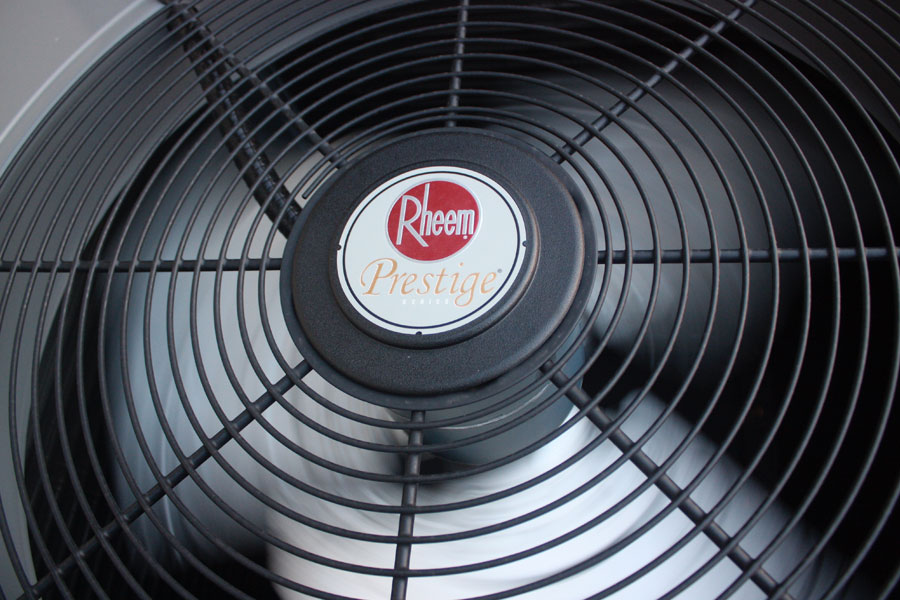
When the summer heat is at its peak, there’s nothing more satisfying than walking into a cool, air-conditioned room. But have you ever wondered about the inner workings of your AC unit that make this possible? Understanding the secrets behind how your air conditioning system operates can help you appreciate the technology that keeps you comfortable during the hottest months of the year.
The Core Principles of Air Conditioning
Air conditioning operates on a fundamental principle: the absorption and expulsion of heat. The magic begins when warm indoor air passes over the cold evaporator coil, causing the refrigerant within the coil to absorb the heat and turn from a liquid into a gas. This gas is then compressed, increasing its temperature even further. Once pressurized, it’s transported to the outdoor unit, where the condenser coil facilitates the release of the absorbed heat into the external environment. The refrigerant, now a cooled liquid after releasing its heat, is cycled back into the home to repeat the process. Simultaneously, a blower fan propels the now-cooled air back into the living spaces, reducing the overall temperature. This cycle of cooling is continuously performed to maintain a comfortable atmosphere inside your home, regardless of the scorching temperatures outside. Understanding this cycle is key to appreciating the complexity and efficiency of your air conditioning system, ensuring it provides relief from the heat with remarkable precision.
A Deep Dive into the Components of an AC Unit
Delving deeper into the heart of your AC unit reveals a harmonious assembly of critical parts, each playing a pivotal role in temperature regulation. At the forefront, the evaporator coil acts as a sponge, absorbing indoor heat to initiate cooling. In contrast, the condenser coil functions as the system’s heat exchanger, ejecting absorbed warmth outdoors to maintain a cool indoor atmosphere. Nestled between these coils, the compressor serves as the muscle, pressurizing refrigerant and propelling it through the system to facilitate the heat exchange process. Aiding in circulation, the blower fan disperses the conditioned air efficiently across your living spaces, ensuring a uniform distribution of coolness. These components, integral to the operation of your air conditioning system, exemplify the intricate design and functionality that keep your home oasis cool and comfortable. By understanding the roles these parts play, homeowners can foster a deeper connection with their AC unit , appreciating the complex orchestration of technology that operates seamlessly behind the scenes to deliver refreshing, cool air.
The Hidden Role of Refrigerants in Cooling Your Space
Refrigerants play a pivotal part in the symphony of components that make up your AC unit, yet their critical function often goes unnoticed. These specialized chemicals are at the heart of what makes air conditioning possible, enabling the absorption of heat from your home’s interior and its subsequent release into the exterior environment. This transformative process hinges on the unique ability of refrigerants to transition between gas and liquid states within the system’s cycle. As warm air from your home is drawn over the evaporator coil, it meets the refrigerant in its cool liquid form. The refrigerant absorbs the heat, effectively pulling it away from the air, and in doing so, evaporates into a gas. This gas, now carrying the absorbed heat, is funneled towards the compressor and eventually to the condenser unit outside, where it releases the heat into the outdoor air. Following the discharge of heat, the refrigerant condenses back into a liquid and is routed indoors to recommence the cycle. This ongoing transformation and movement of refrigerants are crucial for maintaining the cool and comfortable atmosphere in your home, highlighting their indispensable role in the air conditioning process. Their ability to cycle through states of matter, quietly and efficiently transferring heat, underscores the sophisticated engineering behind everyday cooling systems.
The Unsung Heroes: Filters and Ducts
Filters and ducts may not capture the limelight like compressors and coils, but their contribution to the seamless operation of your AC unit is undeniable. Filters serve a dual purpose: they safeguard the system from dust, pollen, and other airborne contaminants, ensuring smooth operation, and significantly enhance the quality of indoor air, making your environment healthier and more comfortable. Regularly replacing or cleaning these filters can prevent the common pitfalls of clogged airways, which can strain your system and reduce its efficiency.
On the flip side, ducts are the silent pathways through which cooled air travels to every nook and cranny of your home. Without a well-designed and maintained duct system, even the most advanced AC units would fall short of providing the desired comfort. Leaks, blockages, or poor insulation in ductwork can lead to significant energy losses and uneven cooling, highlighting the importance of periodic checks and maintenance. Together, filters and ducts not only support the primary functions of your air conditioning system but also play a crucial role in maintaining its health and efficiency over time. Their understated yet essential roles ensure that your living spaces remain pleasantly cool and refreshingly clean.
Innovations in Air Conditioning Technology
The realm of air conditioning is experiencing a surge of breakthroughs that promise enhanced efficiency and user convenience. Modern advancements include eco-friendly refrigerants with lower global warming potential, contributing to a greener planet. These novel substances are designed to minimize environmental impact without sacrificing cooling efficiency. Additionally, the introduction of Wi-Fi-enabled smart thermostats represents a leap forward in personalized climate control. These devices allow homeowners to adjust settings remotely, optimizing comfort while reducing energy consumption. Another significant innovation is the development of inverter technology in compressors. Unlike traditional systems that operate at full power or off, inverters can vary their speed, leading to substantial energy savings and a more consistent indoor temperature. Furthermore, ductless mini-split systems offer flexible solutions for spaces where conventional ducted systems are impractical, providing efficient cooling with minimal installation hassle. These innovations underscore the air conditioning industry’s commitment to delivering not only improved comfort and performance but also to addressing environmental concerns, marking a new era of smart, sustainable cooling solutions.

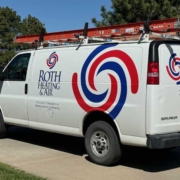 Roth Heating & Air
Roth Heating & Air Roth Heating & Air
Roth Heating & Air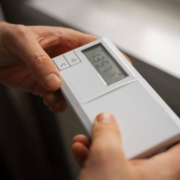 Roth Heating & Air
Roth Heating & Air Roth Heating & Air
Roth Heating & Air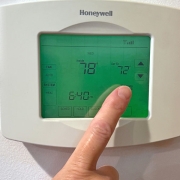 Roth Heating & Air
Roth Heating & Air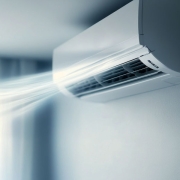 Roth Heating & Air
Roth Heating & Air Roth Heating & Air
Roth Heating & Air Roth Heating & Air
Roth Heating & Air Roth Heating & Air
Roth Heating & Air Roth Heating & Air
Roth Heating & Air